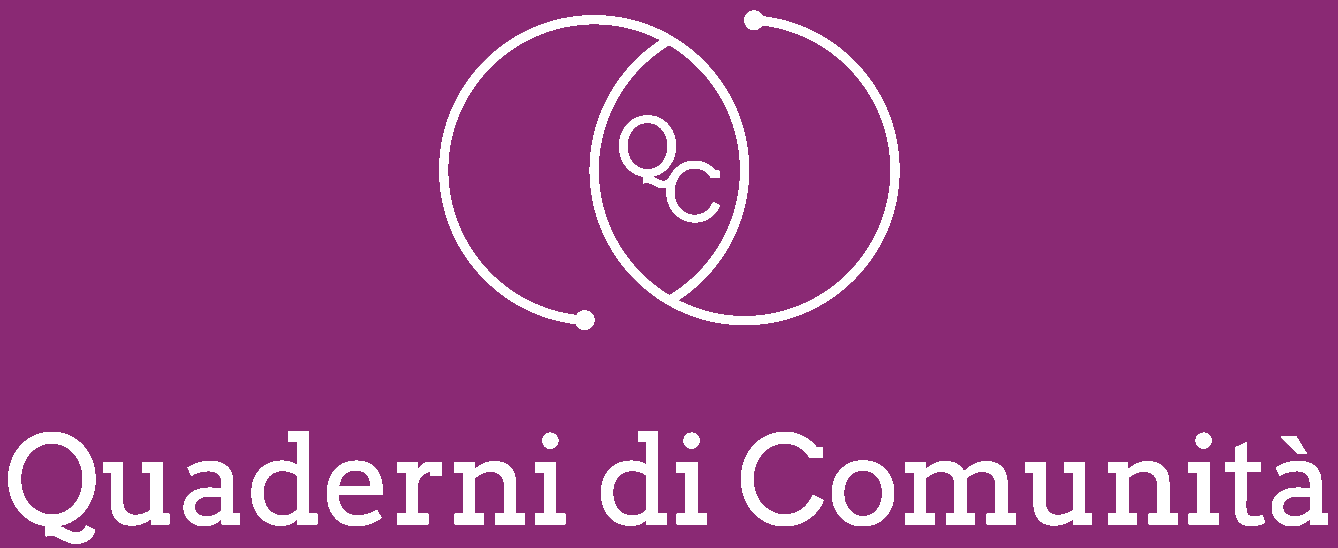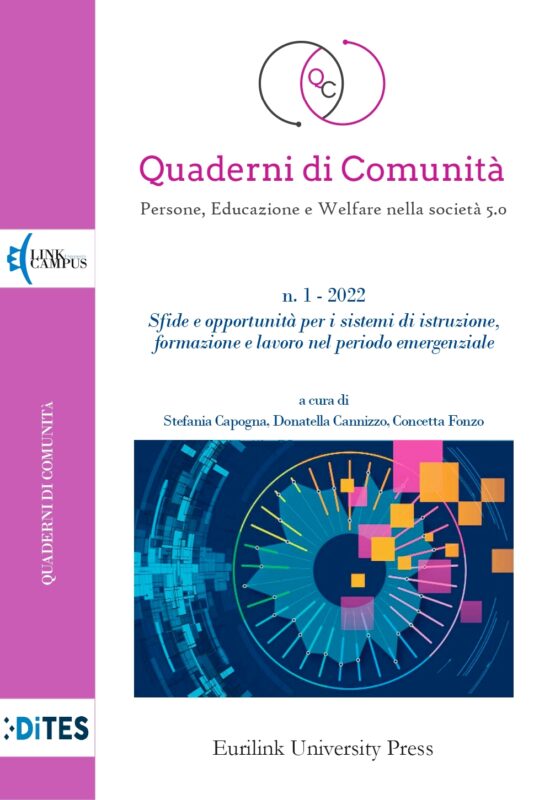Smart speaker as a tool for full inclusion
DOI:
https://doi.org/10.61007/QdC.2022.1.54Keywords:
smart speaker, inclusion, new technologiesAbstract
They have exotic names like Siri, Alexa and Cortana. They often have a female characterisation (in name and voice) and a consistent virtual personality to be considered family. They have the task of putting themselves at our disposal to try and solve our problems. They have already found a permanent place in our homes. They are the intelligent virtual assistants, i.e. programmes supported by an artificial intelligence that can provide services from commands or questions, which can be given by text but also by voice, and to which they respond with a synthetic voice.
References
Budiu R., Laubheimer P. (2019). Intelligent Assistants Have Poor Usability: A User Study of Alexa, Google Assistant, and Siri, Web Usability, NN/g Nielsen Norman Group, July 22, 2018.
Habler F., Schwind V., Henze N.: Effects of Smart Virtual Assistants’ Gender and Language. In Proceedings of Mensch und Computer (MuC’19). Association for Computing Machinery, New York, NY, USA, 469–473. 2019. DOI: https://doi.org/10.1145/3340764.3344441.
Malkin, N., Deatrick, J., Tong, A., Wijesekera, P., Egelman, S., and Wagner, D. (2019). Privacy Attitudes of Smart Speaker Users. In Proceedings on Privacy Enhancing Technologies (2019), 4, 250-271, Available From: Sciendo.
Masina F., Orso V., Pluchino P., Dainese G., Volpato S., Nelini C., Mapelli D., Spagnolli A., Gamberini L. (2020). Investigating the Accessibility of Voice Assistants With Impaired Users: Mixed Methods Study. J Med Internet Res 2020; 22(9).
Downloads
Published
How to Cite
Issue
Section
License
Copyright (c) 2022 Quaderni di comunità

This work is licensed under a Creative Commons Attribution-NonCommercial-NoDerivatives 4.0 International License.







